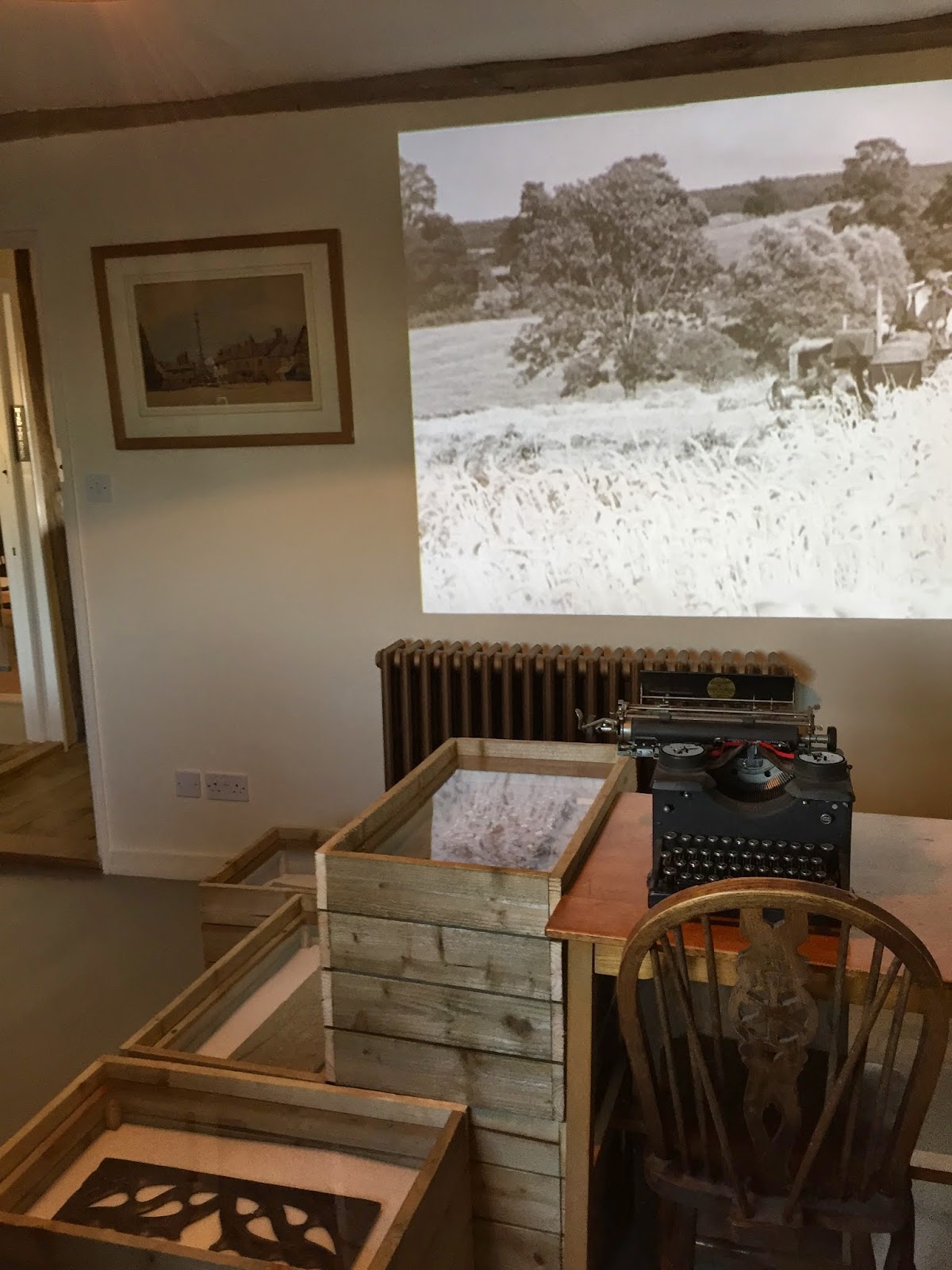I attended my first carol concert last Sunday at my local
village church - a reminder of the stirring power of traditional carols. Carols
have a very interesting history, as this
article by Carolyn Emerick shows. Emerick speculates that the carolling
tradition was not so different from Halloween traditions of trick or treating,
and that carols could in fact be heard all year round as well as at Christmas.
They performed secular as well as religious functions, bringing communities together
for celebration and conviviality particularly in the dark winter months.
I also visited Lavenham Guildhall last weekend, to see the
newly presented interior of the building following an HLF-funded interpretation
project. My visit reminded me that Lavenham Guildhall is in many ways the
architectural equivalent of a Christmas Carol. Like carols, Guildhalls were created for a combination of spiritual and secular reasons. They were built at
the bequest of individuals, as expressions of spiritual devotion, and were
associated with particular trades and professions. Members would subscribe to
the guild in order to ensure that a parish priest was available to care for the
souls of all members. Guilds would in addition raise funds for the upkeep of
their local church, and were a focus for communal and economic activity.
Corpus Christi Guildhall in Lavenham was built in around
1529 on the back of the huge wealth derived by the town from the woollen trade.
The size of the building and its central location in the heart of Lavenham
itself speaks to the wealth and prestige of the Guild’s original members. Not
long after its construction, however, the Reformation spelled the end of Guildhalls
in a religious sense, and the building has subsequently experienced a wide
range of secular uses in the community: as a jail, a workhouse, an almshouse
and a warehouse. It came to the National Trust in 1951 having been purchased
and restored by Sir William Cuthbert Quilter in 1887.
The new interpretation scheme at Lavenham replaces the
earlier use of the building as a town museum. In place of the traditional
museum exhibits comes a sequence of rooms in which are told the stories of
individuals who have been particularly associated with the Guildhall through the
centuries. The lives of these individuals have been exhaustively researched for
the purposes of the project, and are now summarised in beautifully designed
hangings and wall mounts. Each room focuses on a different era in the Guildhall’s
history, from its use as a Bridewell to its economic uses as a building
integral to Lavenham’s woollen crafts and trades: spinning, dyeing and weaving.
I loved the design quality – the quality of the panels and
displays, and the small details such as the clever painted shadows of objects
on a shelf that was in one of the rooms. It feels that by removing the objects the
building has been opened up much more and allowed to speak to us with its own
voice, throwing new light upon the 500 years of history
It was also good to chat with a number of the volunteers.
One told us a great deal about spinning,
and also explained how wool was dyed. We learned that the leaves of carrots,
when boiled, can turn wool yellow. When we got home, we tried it – and were
thrilled to discover that it worked!
Lavenham Guildhall opens fully from the end of February, but
much of the new presentation scheme can already be seen – and it is well worth
a visit.
Merry Christmas to all, and all best wishes for the New Year










No comments:
Post a Comment